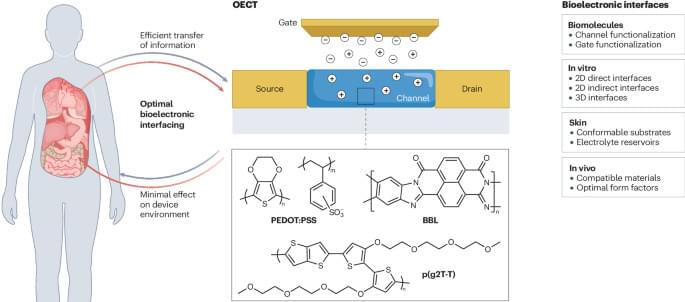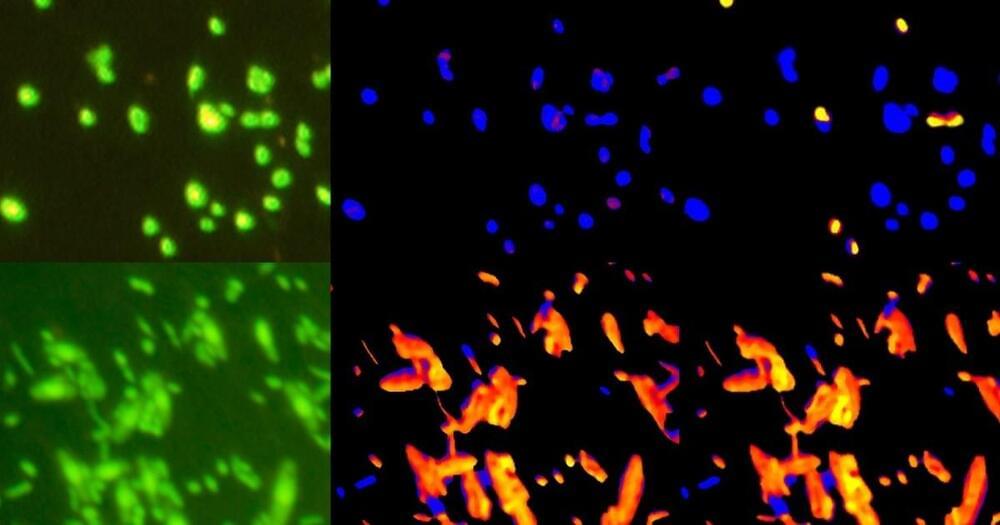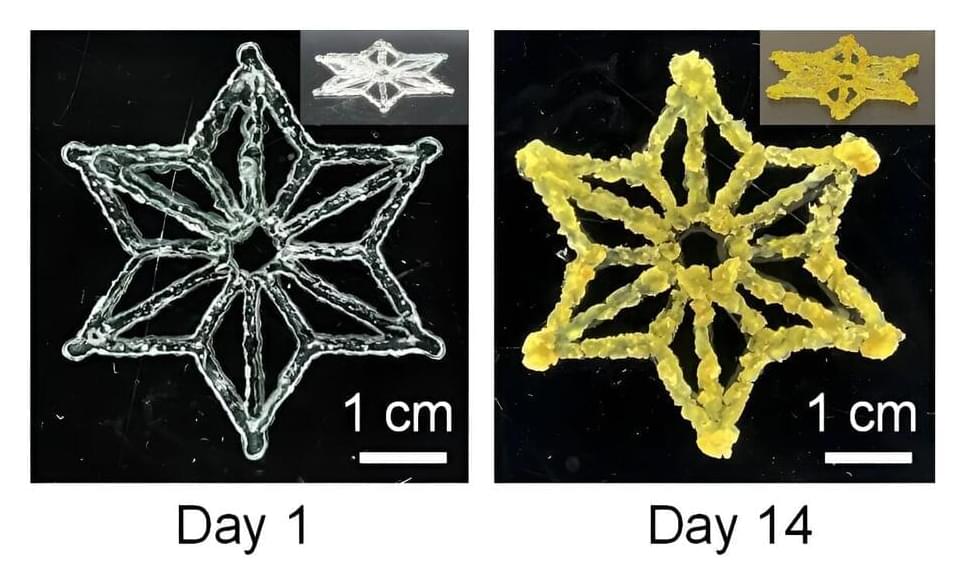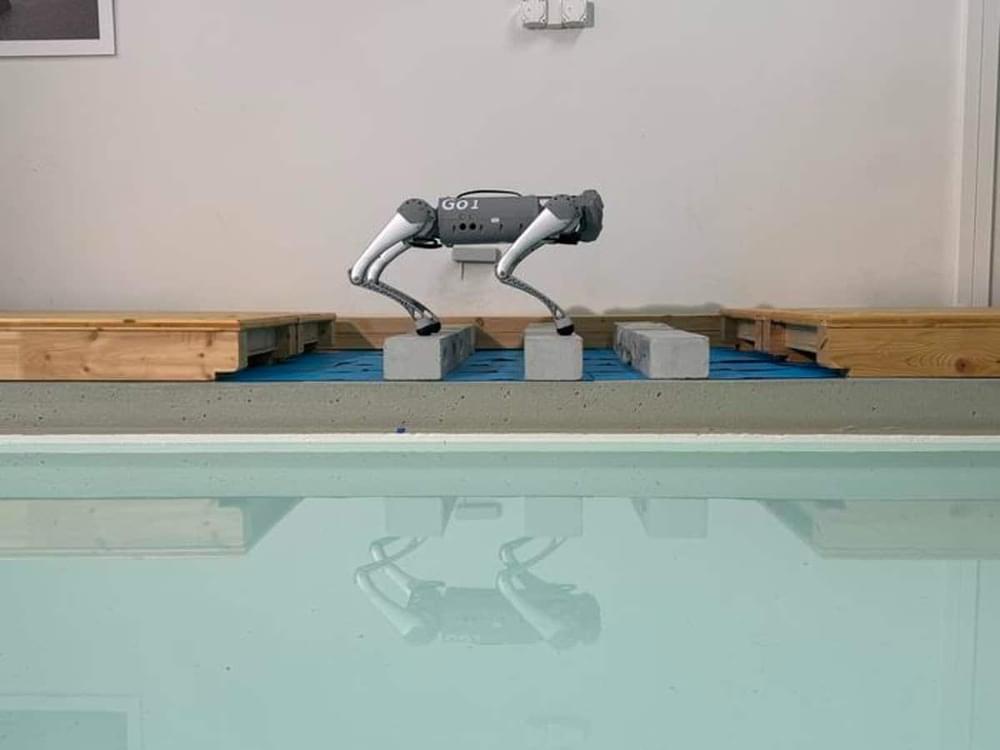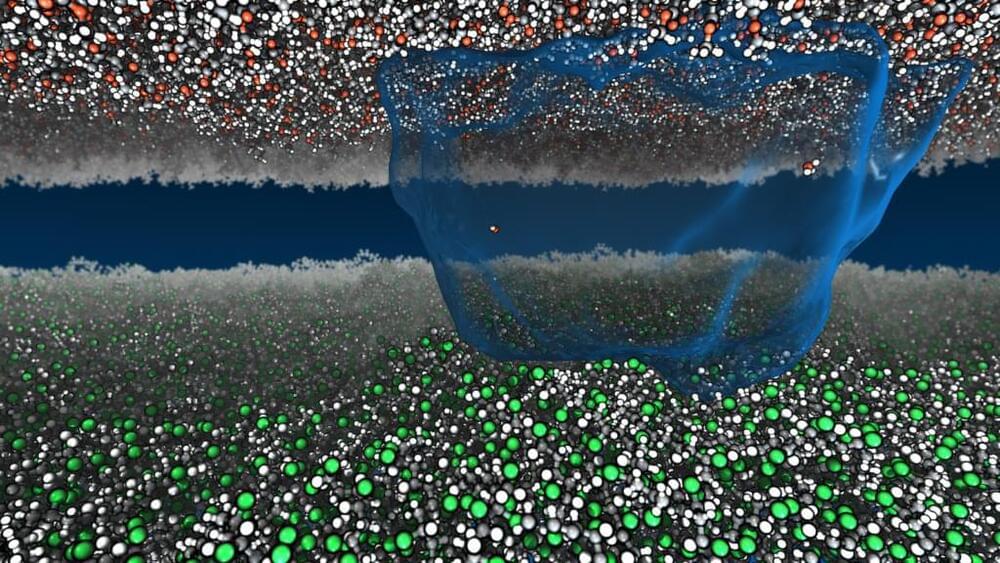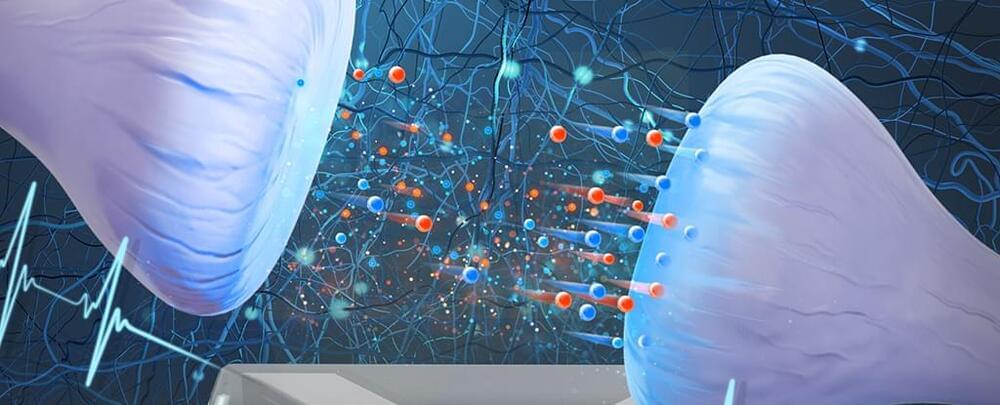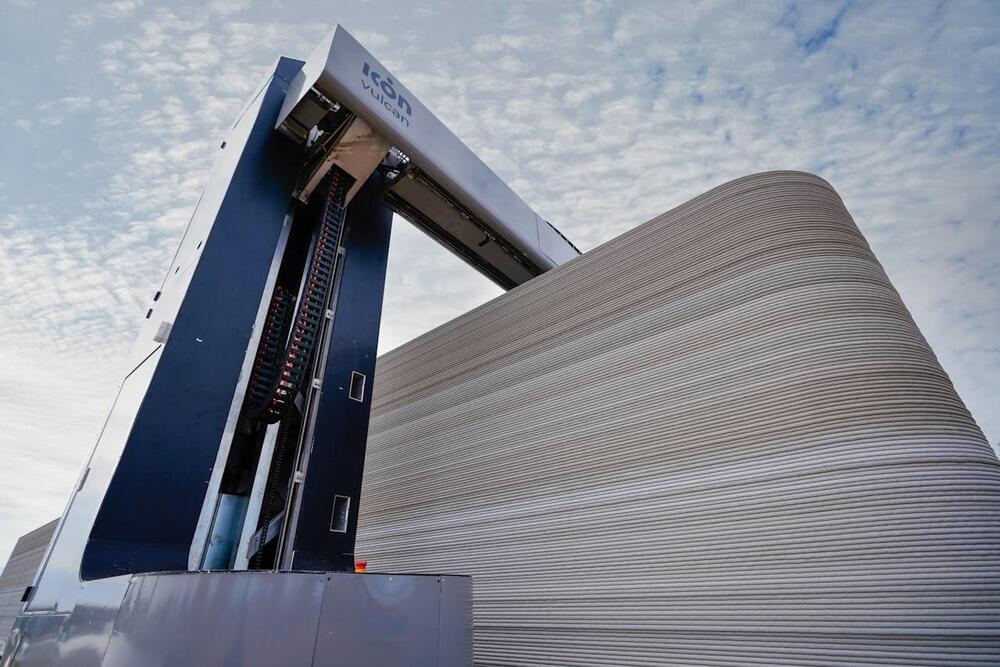May 3, 2024
Bioelectronic interfaces of organic electrochemical transistors
Posted by Dan Breeden in categories: biological, chemistry, computing
The organic electrochemical transistor stands out as a tool for constructing powerful biosensors owing to its high signal transduction ability and adaptability to various geometrical forms. However, the performance of organic electrochemical transistors relies on stable and seamless interfaces with biological systems. This Review examines strategies to improve and optimize interfaces between organic electrochemical transistors and various biological components.
